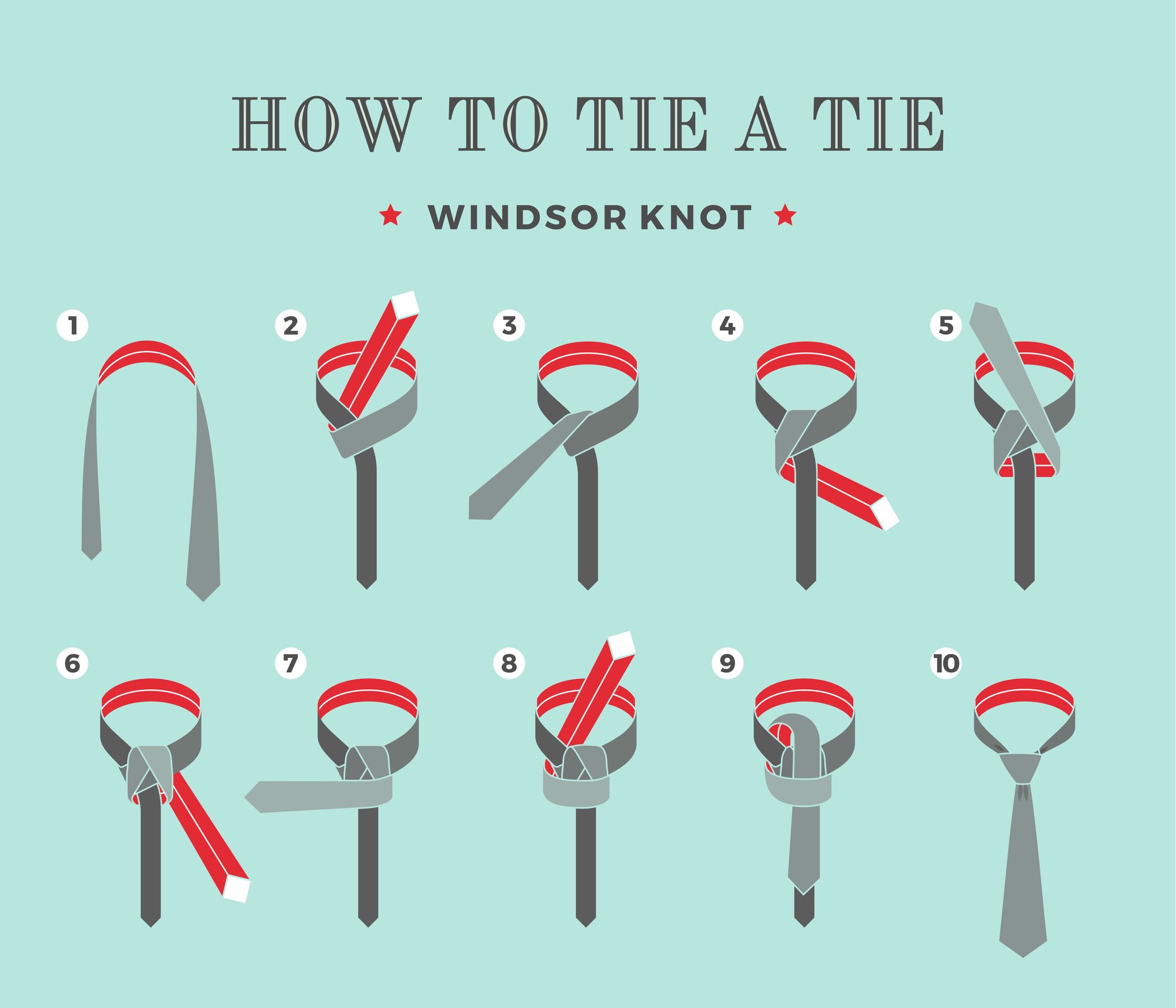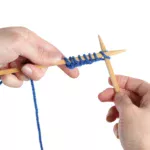Tying a tie is a fundamental skill that many struggle to master. Whether it’s for a professional meeting, a special occasion, or a formal event, knowing how to tie a tie can boost your confidence and ensure you look sharp. This comprehensive guide will walk you through various methods of tying a tie, helping you learn the art effortlessly. We will cover the most popular knots, provide step-by-step instructions, and share tips to refine your technique.
The Four-in-Hand Knot
The Four-in-Hand knot is one of the simplest and most popular tie knots. It is suitable for most occasions and works well with most tie materials and collar types. To begin, stand in front of a mirror and drape the tie around your neck, ensuring the wide end is longer than the narrow end. Here is how you can effectively master this versatile knot.
Start by crossing the wide end over the narrow end. Next, wrap the wide end under the narrow end, pulling it horizontally. Loop the wide end back over the top of the loop around your neck. Holding the front of the knot loosely with one hand, pass the wide end through the back of the loop. Finally, pull the wide end down through the front loop, tighten the knot by pulling on the wide end while holding the narrow end and sliding the knot upwards. Adjust for symmetry and tightness.
The Four-in-Hand is ideal for beginners due to its simplicity. It produces a slightly asymmetrical, elongated knot that complements all shirt collars. This knot is particularly useful for long days as it’s easy to adjust and remains comfortable.
The Half Windsor Knot
The Half Windsor knot is a medium-sized, symmetrical knot that exudes professionalism and elegance. It’s thicker than the Four-in-Hand knot but not as bulky as the Full Windsor. To tie a Half Windsor, start by draping the tie around your neck with the wide end on the right and extending about 12 inches below the narrow end.
Cross the wide end over the narrow end to create a cross. Bring the wide end up through the loop between the collar and the tie. Then, bring the wide end back down and pass it underneath the narrow end to the right. Next, bring it up to the center, through the loop again, and ensure the front of the wide end is facing forward. Then, bring the wide end through the knot in front and tighten the knot carefully by holding the narrow end and sliding the knot up the wide end.
This knot is suitable for business meetings and social gatherings. It fits well with a variety of shirt collars, particularly with spread or cutaway collars that accommodate the increased knot size.
The Full Windsor Knot
The Full Windsor knot delivers a large, symmetrical triangular knot that is perfect for formal occasions. This knot gives a touch of class and sophistication when tied correctly. The process is similar to the Half Windsor but with an additional loop.
Drape the tie around your neck and cross the wide end over the narrow end, just like with the Half Windsor. Bring the wide end up through the neck loop from underneath. Pull the wide end down and pass it behind the narrow end, going from right to left. Bring it up and through the neck loop again, then down to the left of the narrow end. Wrap the wide end over the front from left to right, then bring it up through the neck loop from underneath. Finally, pull the wide end down through the knot in front, tighten, and adjust the knot by holding the narrow end and sliding the knot up.
The Full Windsor knot is best suited for spread or cutaway collars because of its wide knot. It is a staple for important business presentations and festive occasions where you need to make a lasting impression.
Choosing the Right Tie and Maintaining It
Selecting the right tie is crucial for making sure it matches the occasion, complements your outfit, and is easy to tie. Ties come in various fabrics, patterns, and widths. For formal events, silk ties with subtle patterns or solid colors are preferable. For daily work environments, you can opt for less formal materials like polyester or cotton.
Maintenance of ties is equally important. Always untie your knot by reversing the steps used to tie the knot to avoid damaging the fabric. Hang your ties on a tie rack or roll them up for storage to prevent wrinkles. If your tie gets wrinkled, use a steamer instead of an iron to remove the wrinkles as irons can sometimes scorch the fabric.
Regular cleaning is also essential. For silk ties, dry cleaning is recommended, while polyester or cotton ties might be hand-washed with a mild detergent. Always refer to the care label for specific instructions to keep your ties in pristine condition.
Common Mistakes to Avoid
When learning how to tie a tie, there are common mistakes you should avoid. One major mistake is pulling the tie too tight or too loose. This not only makes the knot look unappealing but can also lead to discomfort. Another frequent error is using an inappropriate knot for a particular shirt collar; for instance, a bulky knot with a narrow collar.
Additionally, the length of the tie is crucial. The tip of the wide end should just reach the top of your belt buckle. Many beginners either wear it too short or too long, which disrupts the balance of the outfit’s proportions. Lastly, ensure the tie is free of wrinkles and stains before putting it on, as these can detract from your overall appearance.
By avoiding these common pitfalls, you can ensure that your tie looks professional and polished. Remember, practice makes perfect, and regularly tying your tie will help you improve and eventually do it effortlessly.









